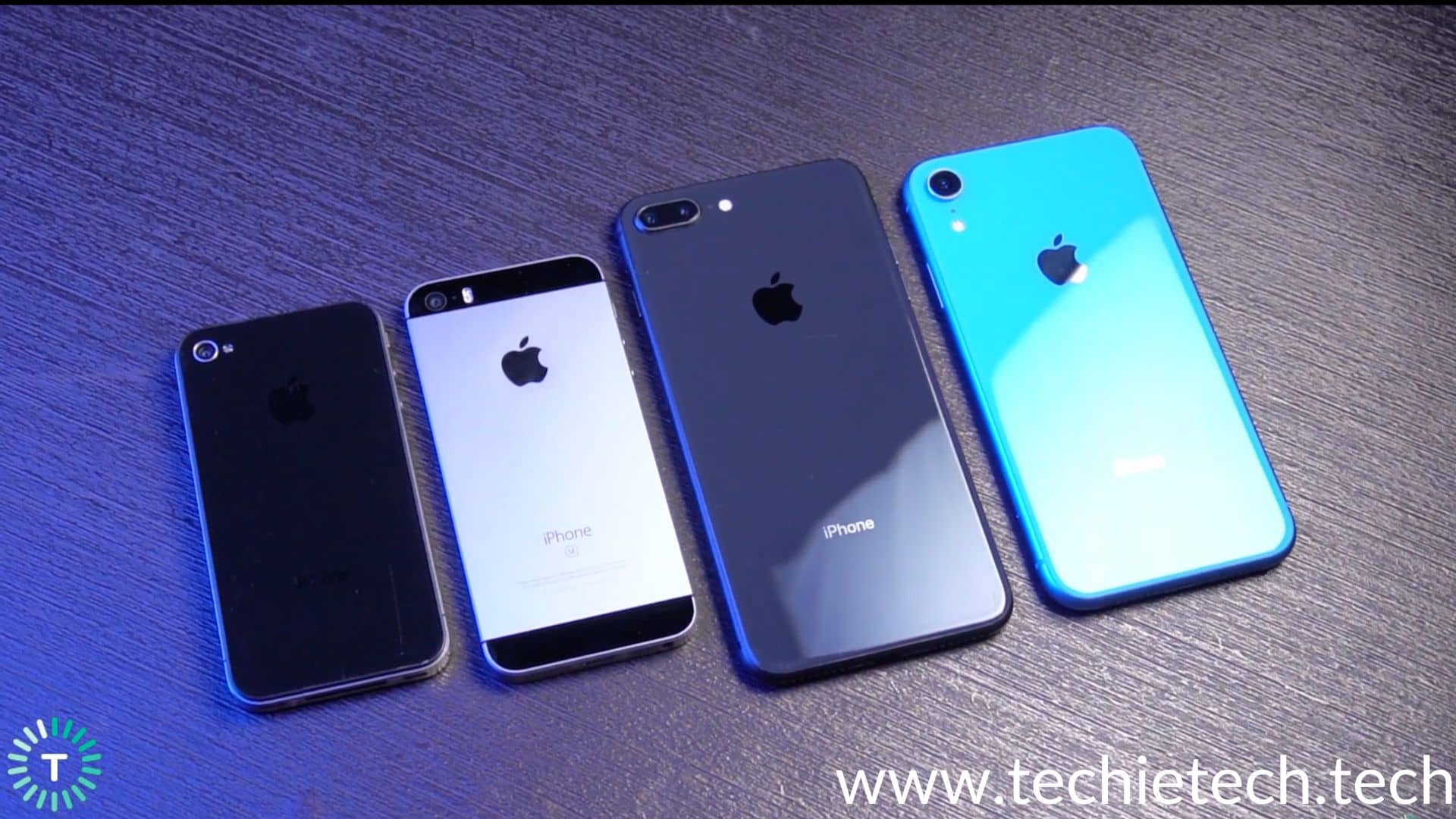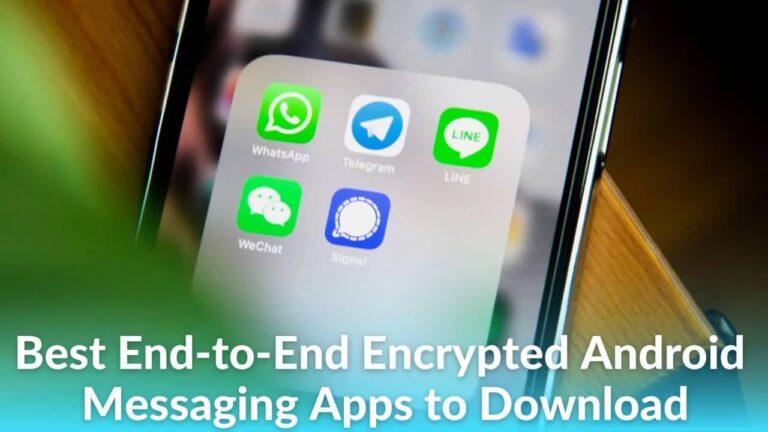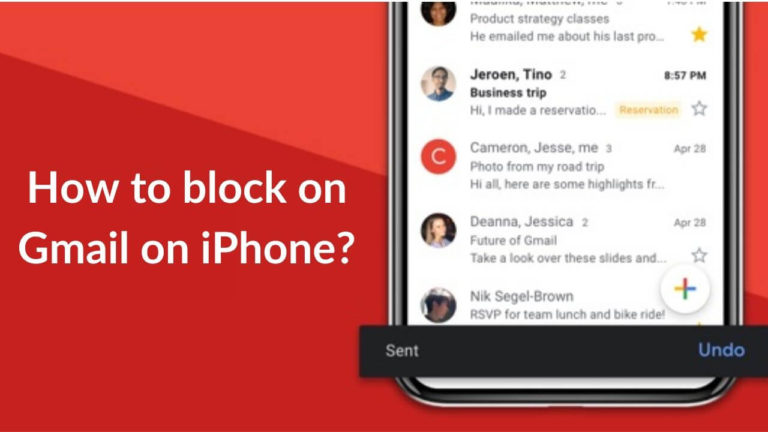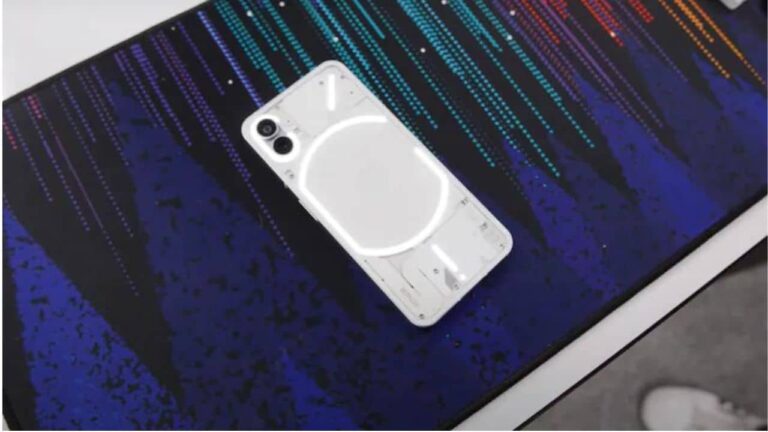“And we’re calling it the iPhone”
This sentence forever changed not just the smartphone industry but the apps industry, the online shopping space, the food industry, and so much more. The iPhone gave birth to so many organizations. iPhone case makers, app and game developers, and countless other companies. This legendary product was introduced to the world on 29 June 2007 by former Apple CEO Steve Jobs. It had been under development for over two years. Hundreds of people worked on the iPhone and we bet you don’t know most of these facts about iPhones.
Fact #1: The Rotary Dial iPhone was real
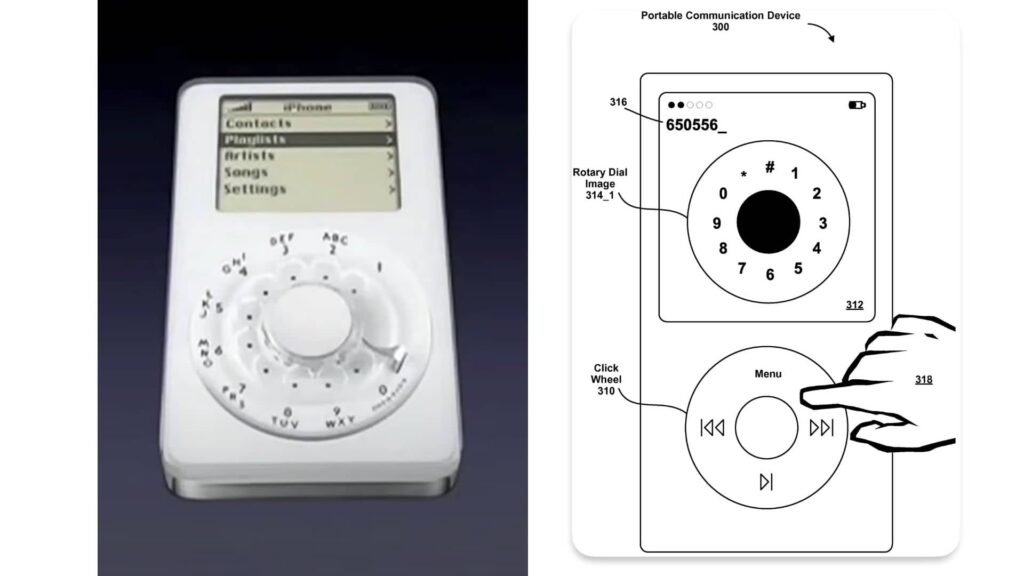
During the 2007 MacWorld event, Steve Jobs showcased this iPhone design as a joke. In all seriousness, this was an actual prototype for the iPhone. Engineers who worked on the iPhone confirmed that this was a potential design. There was a dedicated team called the P1 which worked on a prototype combing the iPod’s clickwheel with a phone for months. They even went far as to
Fact #2: Steve Jobs pranked Starbucks during the iPhone launch event
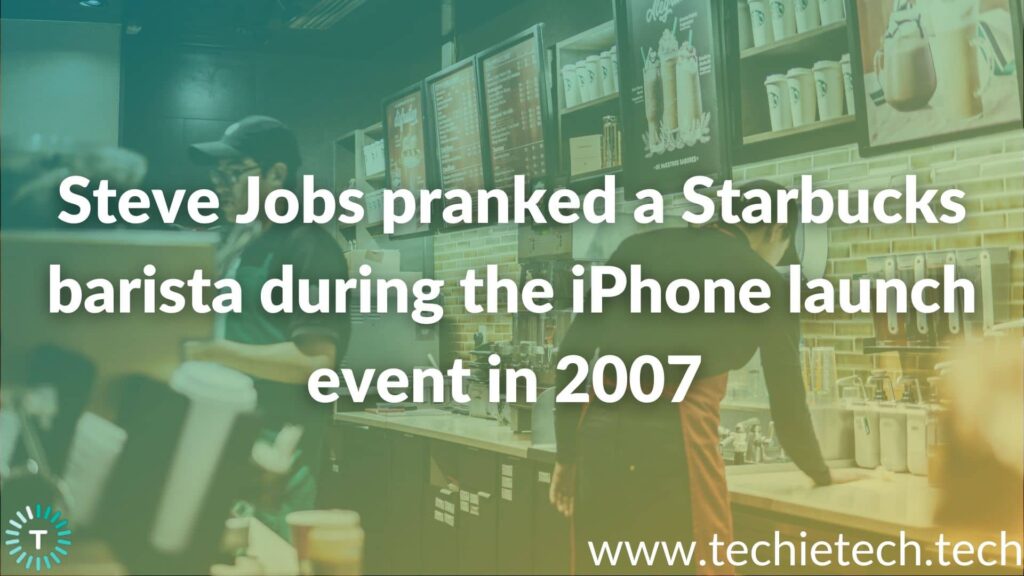
Bet you didn’t know this cool fact about iPhone. Steve Jobs pranked a Starbucks barista by ordering 4,000 lattes as part of the phone call demo of the original iPhone in 2007. He did in fact cancel the order instantly after the room went wild with laughter. You can watch it here:
Fact #3: Apple has sold over 2 billion iPhones since 2007
Since the first iPhone launched, the Cupertino tech giant has sold over 2.3 billion iPhone units (approx). till Q4 of 2022. That’s over 1600 billion or 1.6 trillion dollars USD. For reference, this is what it would look like in numerical form 1,600,000,000,000 USD.
Sources: Apple, Canalys, CNBC, Gartner, Strategy Analytics
Fact #4: The iPhone launch event unit was running on illegal Wi-Fi frequency

This fun fact about the iPhone will blow your mind. The iPhone demo unit during the MacWorld launch event was connected to an Apple AirPort router that was specifically programmed to emit Wi-Fi signal frequencies from the Japanese region. Japanese Wi-Fi uses some frequencies that are not permitted in the U.S.
This was done to ensure the Safari browser’s internet demo on the iPhone made during the event had almost zero network congestion even with a room filled with thousands of devices.
Also read: Google Passkeys are officially out and here’s what that means for you
Fact #5: The iPhone’s code name was Purple
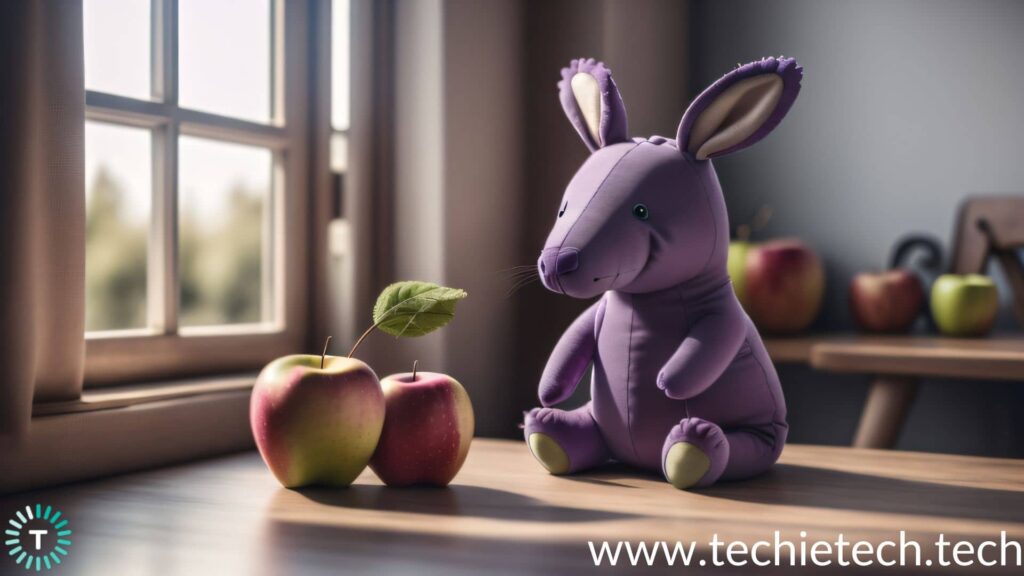
One interesting fact about iPhone and other Apple products is that Apple used colors as codenames for its projects. The iPhone was named Purple. The project iPhone was codenamed purple because it was inspired by a purple aardvark toy that was used as a mascot for the Apple engineer’s bug tracking software, called
Radar. That purple toy belonged to Scott Herz and he was the first engineer to work on the iPhone.
Fact #6: The Purple Dorm and FightClub

Bet you did know this cool fact about iPhone. The iPhone or “Project Purple” development started on a Human Interface floor in one of Apple’s Cupertino facility buildings. Later on, once the project was given the green light and more people were brought in on the project, the security was tightened. The security was so tight that a person had to badge in three to six times and the whole area was monitored via video cameras. In some labs, the door system would call security if unauthorized access was detected.
In order to keep this top secret, the people working on the project were made to sign multiple NDAs and ordered not to talk about it outside of work.
Later on, the building was renamed to “Purple Dorm”. This was because just like a dorm there were people present any time you entered the building and it always smelled of pizza.
Another fun fact about iPhone, the Project Purple team later named the building to Fight Club. This is a reference to the 1999 David Fincher movie, Fight Club where the first rule of Fight Club is that you do not talk about Fight Club.
Fact #7: The iPad came before the iPhone
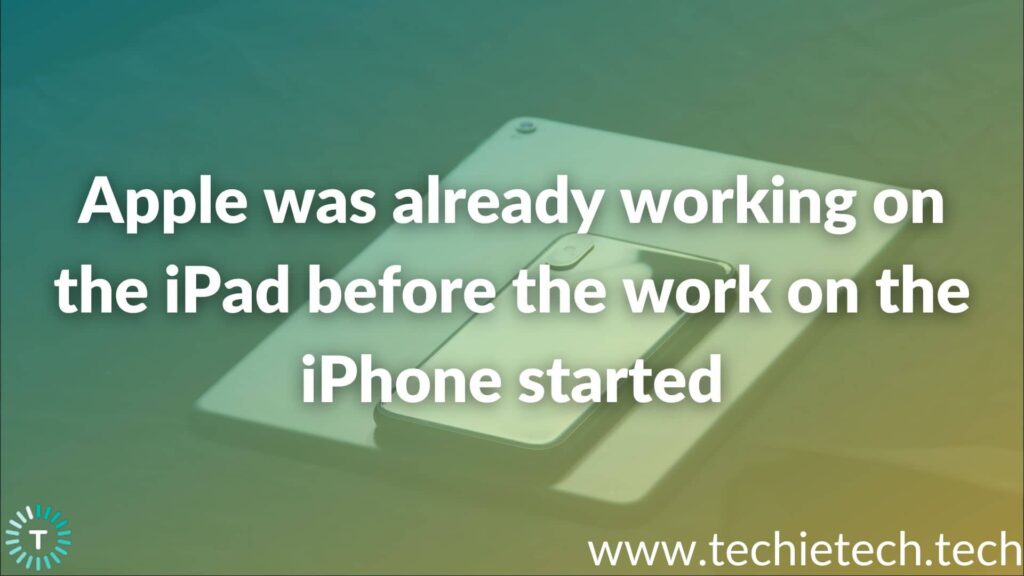
During the Apple vs Samsung case, Apple Senior Vice President of Worldwide Marketing Phil Schiller testified that Apple was working on the iPad way before they started the work on iPhone. They were shocked by the iPod’s success and its disruptive music industry effects. This prompted Apple to explore other markets and industries it could tackle and the 7-inch tablet was one of them. It was iPad’s multi-touch capacitive touchscreen display and inertial scrolling user experience display that led to the iPhone’s iconic design.
Fact #8: There were two different original iPhones
Right when the iPhone’s development officially started, Steve Jobs approved two different teams to work on the user interface. They were named P1 and P2. The P1 team was headed by Tony Fadell (senior vice president of the iPod division) and they were working on combining the iPod design with the phone. This looked something like we saw right at the beginning of this article.
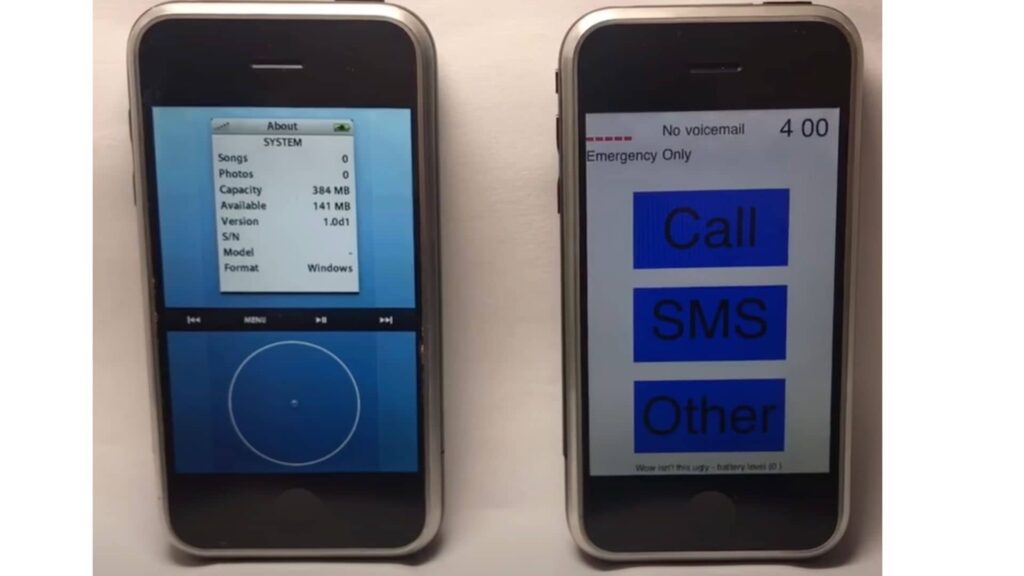
On the other side of the “bake-off”, the P2 team was headed by Scott Forstall (who headed the software development team for the iPhone and iPad). They were working on creating a hybrid of a minimized Mac OS X and a multi-touch capacitive display.
Fact #9: Siri for Android and Blackberry
Apple didn’t invent Siri. It was originally developed by SRI International Artificial Intelligence Center which is part of Defense Advanced Research Projects Agency (DARPA). It was released as a regular stand-alone app on App Store in February 2010. According to the developers, they had plans to release Siri for Android and Blackberry devices at that time.
In April 2010, Siri was acquired by Apple. Later in October 2011, Apple showcased a beta of Siri on iPhone 4S and removed the standalone app from App Store. So, there was a time when we were very close to getting Siri for Android and Blackberry smartphones.
Fact #10: The Lucky You Original iPhone sold for over $40,000 USD
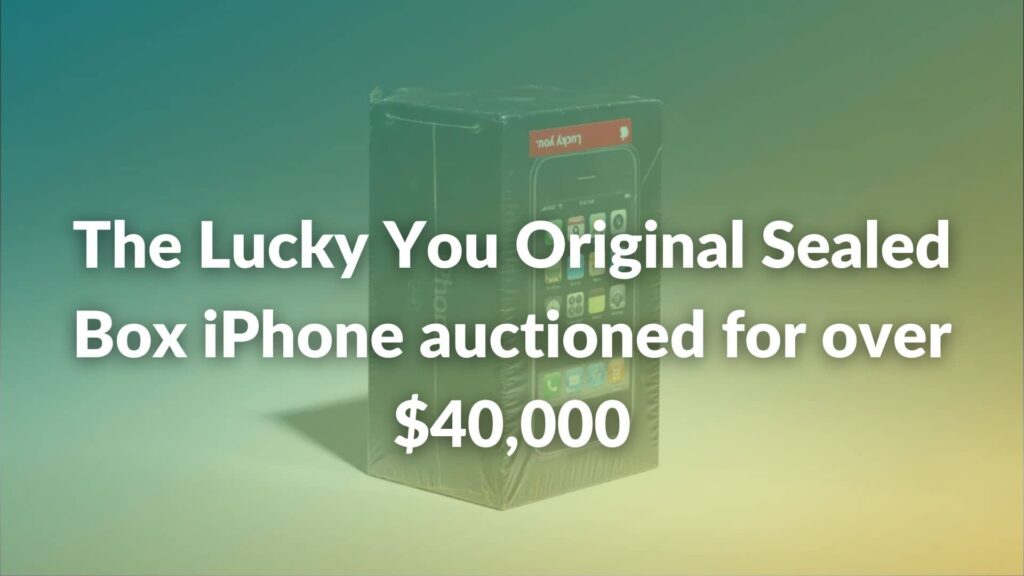
A sealed box of the first-gen iPhone auctioned for over $40,000 USD in April 2023. This sealed box of the iPhone had a red “Lucky You” sticker. Donald Gajadhar of Fox-White Art & Antique Appraisals called it a truly unique version of the iPhone. It was later revealed that the phone was bought by a famous tech YouTuber, MKBHD. Apple later confirmed that the “Lucky You” sticker was used by some Apple retail stores during the holiday season in 2007. You can watch the video here:
Another sealed original iPhone sold for $65,000 USD before this. The reason why this unique iPhone sold auctioned for far less is that the packaging had a small hole.
Fact #11: The iPhone 3GS used a Samsung processor
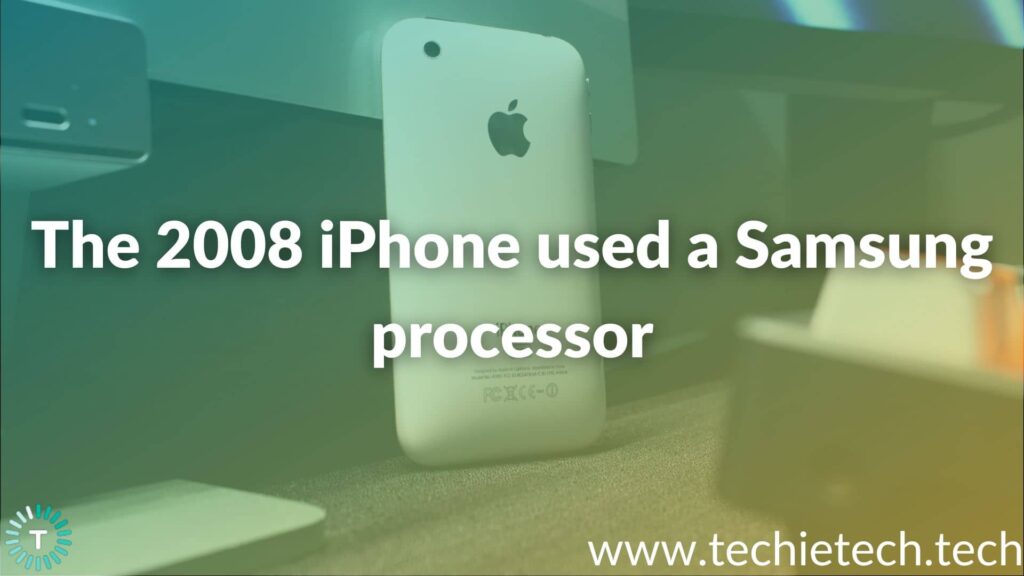
The iPhone 3GS was the only iPhone to use a Samsung processor or SoC (System-on-chip). It used the Samsung S5L8920 chipset and was widely praised for its CPU and GPU performance. It was noticeably faster than the iPhone 3G and offered double the storage capacity and RAM. Later down the line, Apple switched to its own in-house chipsets with the iPhone 4 release. In fact, a good amount of those chipsets were also manufactured by Samsung until TSMC took over.
Fact #12: Apple Maps logo teases the Apple Park
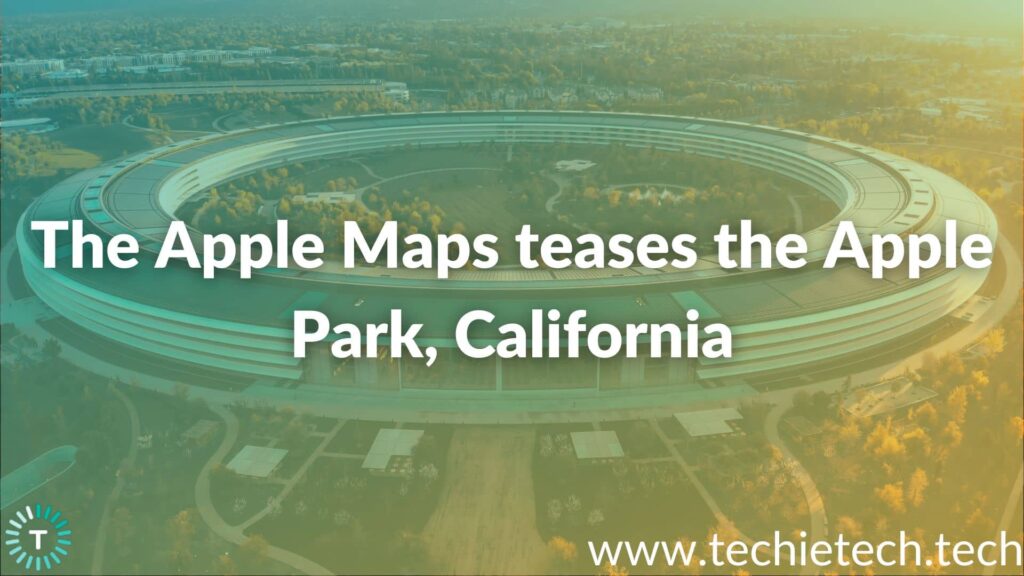

I’m sure very few of you know about this cool fact about iPhone. The Apple Maps logo shows a part of Apple Park, California. The Apple Maps logo was updated with iOS 11. And it was around that time Apple opened its doors for the circular spaceship headquarters, called the Apple Park. You can see a comparison of the original Apple Maps logo vs the updated logo with the circular loop in the top right corner.
Fact #13: The demo iPhone’s network bars were fake

Here’s an interesting network fact about the iPhone. Apple programmed the network icon to show full bars at all times. This is because the software in the iPhone’s Wi-Fi radio at the time of the launch event was very unstable. Apple even installed a portable AT&T cell network tower just for the iPhone call demonstration. According to Scott Frostall, the lead engineer for the iPhone software, Apple preprogrammed the iPhone’s display to show five bars of signal strength at all times regardless of its actual signal strength. If you want to dig deeper into why and how they pulled this off, you can read more about it here.
Fact #14: iPhone didn’t have the copy-paste feature until 2009
Two years after the launch of the original iPhone, the Cupertino tech giant announced that the iPhone OS 3.0 will allow users to copy, cut and paste text across apps. The feature had previously only been available through jailbreaking.
Fact #15: iOS updates were not free for iPod Touch
When we’re talking about cool facts about iPhones we can’t miss this. The iPhone OS updates were not free for the iPod Touch. You had to pay $9.99 USD or more in order to update your iPod Touch. This went on until the release of the iPhone 4 in June 2010.
Fact #16: Samsung and LG make the displays for iPhones
According to industry reports, Samsung Display manufactures 70% of the 120 million displays for the iPhone 14 series. The rest of the order is taken care of by LG and BOE (a leading Chinese electronic components producer).
Fact #17: The first phone call from Apple’s iPhone was made on the rotary iPhone
Yeap, it wasn’t the minimalist black bar that made the first phone call from Apple’s Cupertino office. It was the iPod+Phone prototype that made the first call. Although, the radio chips were the same that were used in the final iPhone.
Fact #18: Apple App Store has over 1.76 million apps
Here’s a cool fact about iPhone apps, there are over 1.76 million apps available to download on the App Store. However, the original iPhone launched with just 15 apps.
Did you know free apps make up 94% of the Apple App Store apps?
Fact #19: iPhone Manufacturing Costs vs Retail Price
I bet you didn’t know this interesting fact about iPhone. The iPhone 14 Pro series is up to 20% costlier to manufacture than the iPhone 13 Pro series. This is primarily because of Apple’s A16 Bionic chip. It is super hard to manufacture and uses specialized components which adds up to the bill of materials of the iPhone.
| iPhone Model | Manufacturing Costs (USD) | Retail Price (USD) |
| iPhone 14 Pro Max (128GB) | Between $474 and $500 | $1099 |
| iPhone 13 Pro Max (128GB) | $446 | $1099 |
| iPhone 12 Pro (128GB) | $409 | $999 |
Fact #20: iPhones have the highest operating profits share in the market
According to reports, Apple achieved its highest-ever global smartphone shipment, revenue, and operating profit share in 2022. The tech giant collected an 85% operating profit share in the smartphone market. Another fun fact about iPhone is that all this happened when the entire smartphone industry saw the highest shipments decline in almost a decade.
Only Apple and Samsung were the two smartphone manufacturers to have seen growth in 2022. All other smartphone manufacturers saw up to double-digit losses.
Conclusion
Hope this roundup of the top interesting facts about iPhones helped quench the thirst of your inner geek. Bookmark this page as we will publish more facts fun and strange about iPhones in the coming days.
Sources:
- Counterpoint Research [1] [2]
- Apple [1] [2]
- Nikkei [1]
- AllThingsD [1]
- NewYork Times [1]
- 42matters [1]
- Business of Apps [1]

